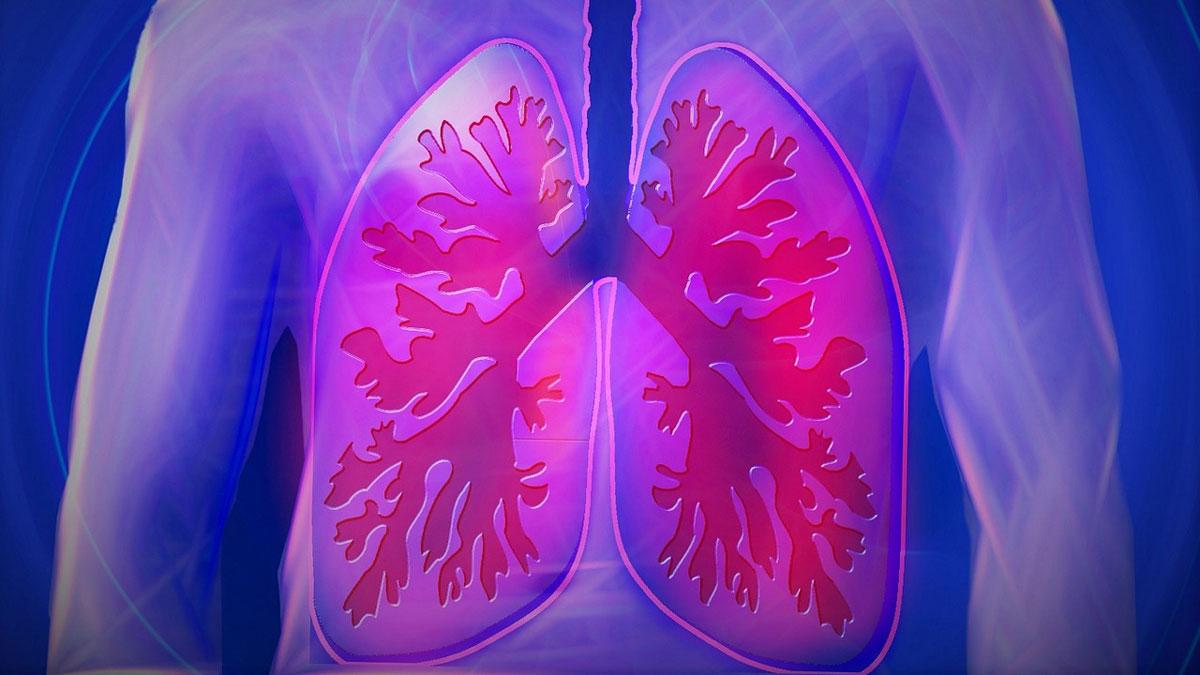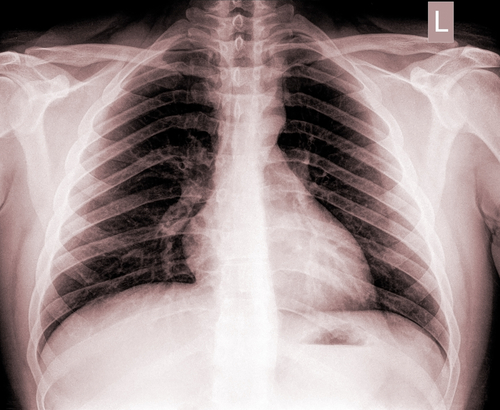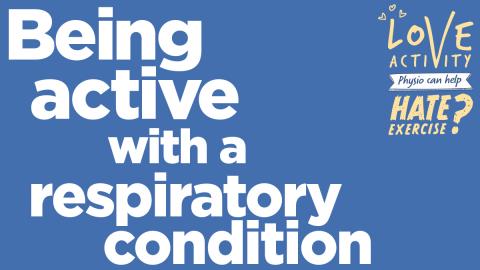Although there is no ‘cure’ for chronic obstructive pulmonary disease (COPD), it is usually possible to improve your health and quality of life with the support of health professionals. This summary explains how physiotherapy can help.
On this page:

What is COPD?
Chronic obstructive pulmonary disease includes conditions such as chronic bronchitis, emphysema and some cases of chronic asthma.
COPD is usually caused by long-term exposure to irritants such as tobacco smoke, that damage the lungs and the airways. Inhaling second-hand smoke, air pollution, or chemical fumes or dust from the environment or workplace can also contribute to the development of COPD.
Figures from the British Lung Foundation put lung disease as a whole as the fourth most costly disease area to the UK, after mental health conditions, musculoskeletal diseases and heart disease. An estimated 1.2 million people are living with diagnosed COPD, but it is estimated that millions more have the condition, and new initiatives are currently identifying these ‘missing millions’. p>
How can physiotherapy help with COPD?
The evidence
Read our evidence briefing: Physiotherapy works: Chronic Obstructive Pulmonary Disease and access the COPD Pulmonary Rehabilitation Impact on Exacerbations Model (PRIME), to see the impact of physiotherapy-led PR.
Studies have shown that pulmonary rehabilitation programmes are extremely effective in treating COPD. Physiotherapists are an essential part of the team of health professionals that run these programmes.
Pulmonary rehab programmes significantly improve the patient’s health by reducing breathlessness, providing ways to control the disease and by improving the patient’s ability to carry out daily activities, such as washing and dressing. Better health leads to improvements in quality of life and a reduction in hospital readmissions.
If you tend to hyperventilate (breathe too quickly) or have problems clearing phlegm from your chest, a physio can show you breathing techniques to help.
Physios also help patients manage the breathlessness caused by COPD. They can use positioning and breathing exercises, give advice on how to pace your activity, and show you ways to cope.
If someone with COPD is admitted to hospital with a breathing problem, physios play a key role in helping them clear their chest, manage their lung condition and get moving again.
Physios may also be involved in helping people with COPD with their return home from hospital after being unwell, and in managing future flare-ups of their condition.
What will happen when I see a physiotherapist?
Make sure you see a specialist respiratory physio, as they are highly skilled in treating breathing conditions.
Your first session with a physio will include a detailed assessment, advice and possibly a physical treatment. Your physio may need you to remove some clothes so they can have a good look at how you breathe. So it’s a good idea to dress comfortably and wear suitable underwear. Everything you tell the physiotherapist will be completely confidential.
Physios are the third largest health profession after doctors and nurses. They work in a number of settings including the NHS, in private practice and in occupational health schemes.
How can I help myself?
There is a strong link between COPD and smoking, so if you smoke, stop. Your physio will be able to give you advice and support and can put you in contact with specialists trained to help people stop smoking.
Patients who attend pulmonary rehabilitation gain a great deal of knowledge about the condition and skills in how to manage it. Some of this they learn from trained staff and some they learn from other patients, who experience and cope with similar problems.
The earlier you can attend such a course the better, as you will benefit more quickly and it will make a bigger difference to your life. Ask your GP to refer you to your local pulmonary rehabilitation service.
Try to avoid lung irritants such as second-hand smoke, air pollution, chemical fumes, and dust. If there is a lot of air pollution or dust outside, keep your windows closed and, if possible, stay at home.
Try to keep as active as possible but do things slowly. Keeping fit is still important, even in people with lung disease. This may involve some activities that make you breathless.
Check with your GP or physio what activities or exercise are suitable for you. Depending on how severe your condition is, you may need to ask your family and friends for help with daily tasks.
Living with COPD may cause fear, anxiety, depression, and stress. This is perfectly understandable, so please do tell your GP or health care team how you are feeling so that they can support you.
What should I expect from pulmonary rehab?
Everyone with a diagnosis of COPD should be referred to pulmonary rehabilitation classes.
People who have been admitted to hospital because of their COPD should start a pulmonary rehabilitation programme within four weeks of leaving hospital.
Programmes are based around exercise and education and are at least 6 weeks long and include a minimum of twice‑weekly supervised sessions. These could include supervised, individually tailored and prescribed, progressive exercise training including both aerobic and resistance training.
Who should I ask for help and advice?
If you have COPD then you should seek advice from your GP.
Top tips for living with COPD
- Don’t avoid activities like climbing stairs or going for walks, but do them more slowly if necessary
- Bending down can often increase breathlessness - try blowing out as you bend down
- Put items that you need often in one easy to reach place
- Find simple ways to cook, clean, and do other chores. You could use a small table or cart with wheels to move things around your home and a pole or tongs with long handles to reach things
- Plan an exercise programme that you can manage – your physio will advise you
- Instead of drying yourself with a towel after a bath put on a cotton dressing gown which will dry you without effort
- Keep your clothes loose, and wear clothes and shoes that are easy to put on and take off
Guidance and evidence for physiotherapy
- For health professionals making the case for physiotherapy: Physiotherapy Works - COPD
- For health professionals making the case for physiotherapy-led PR.
Links and further information
- Patient information on COPD: NHS Choices
- UK charity: Asthma + Lung UK
Disclaimer
The content on this page is provided for general information purposes only and is not meant to replace a physiotherapy or medical consultation. The CSP is not responsible for the content of any external sites, nor should selection be seen as an endorsement of them.





































